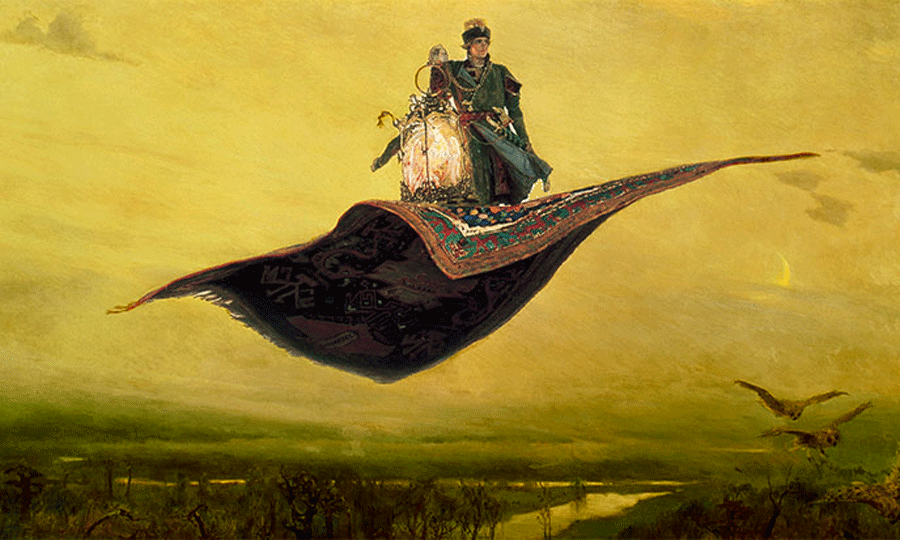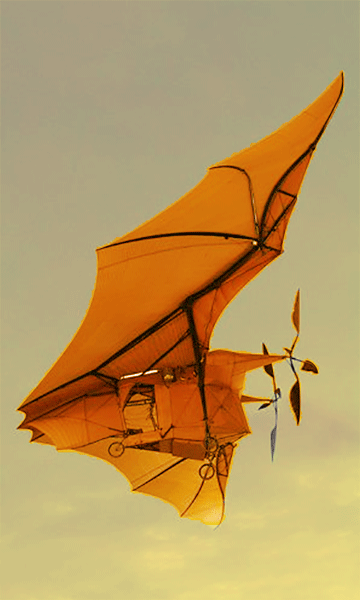
Few ancient civilizations have captivated the imagination as much as that of the valley of the Indus, in which some authors believed to see the mythical empire of Rama. In my opinion, this vast empire was not limited to this region, nor to this country, nor to this continent. Rama’s empire was planetary.
Indus Valley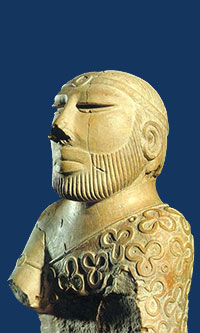
The civilization of the Indus Valley traces its roots 8000 years ago to Mehrgarh.
At that distant time, the culture of the Indus had largely exceeded the borders of present-day Pakistan, it was centered in Sind and Punjab.
The two largest cities, Mohenjo-Daro and Harappa, emerged much later it seems, around -2600 along the valley of the Indus, on the Indian bank and on the Pakistani bank.
This civilization knew the writing, had urban centers, a social and economic structure, and enjoyed comfort and a quality of life undoubtedly superior to ours.
It was rediscovered in the 1920s during excavations conducted at Mohenjo Daro in Sindh near Sukkur and at Harappa, west of Punjab and south of Lahore.
Numerous sites, stretching from the foot of the Himalayas to Indian Punjab, and from Gujarat to Baluchistan have also been discovered and partly studied.
The research is ongoing and the excavations are likely to teach us much more…
When will we finally admit that our civilization is very far from being the first, and that we are neither the brightest nor the most learned nor the best. Far from it!!!
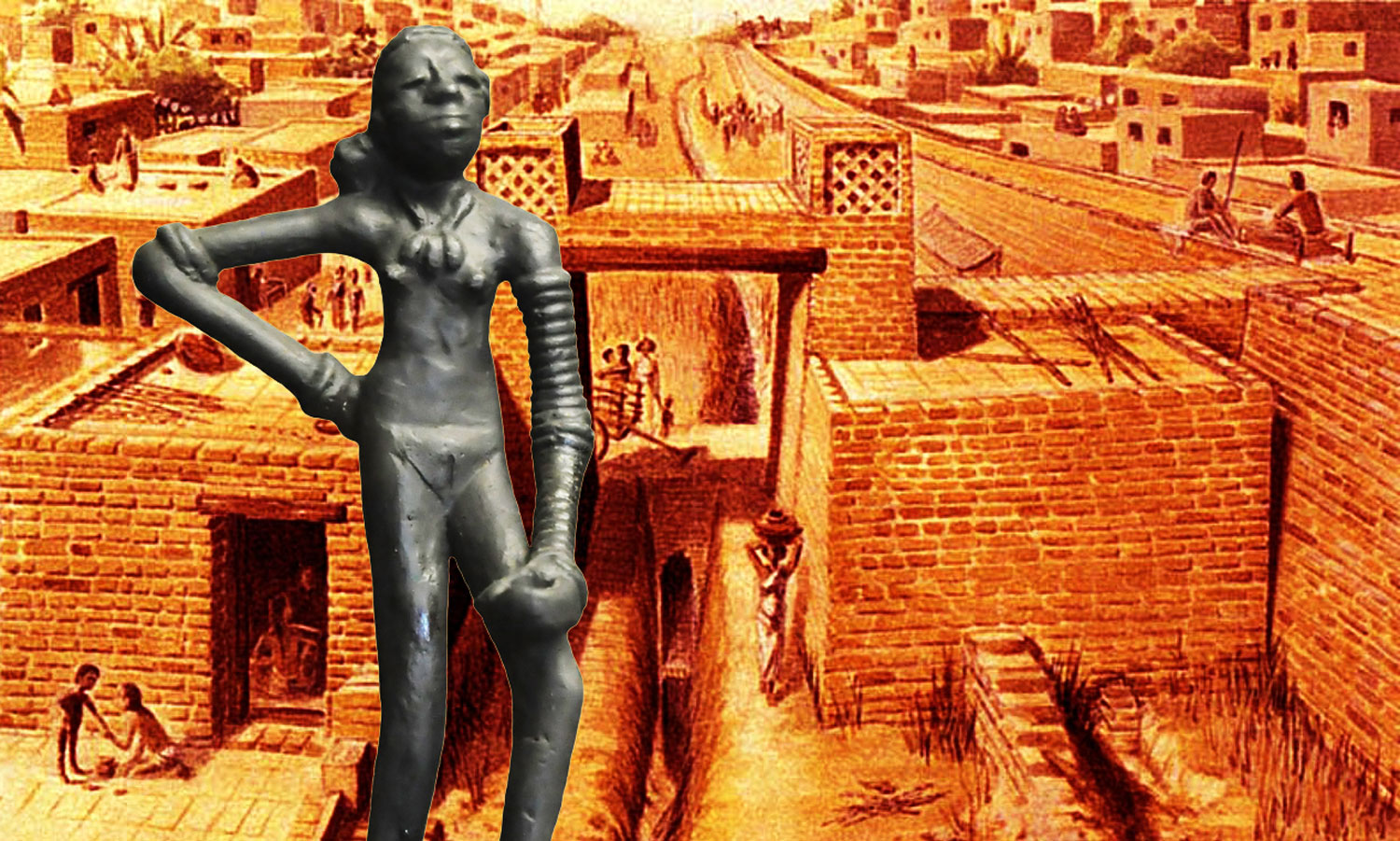
A Refined Taste
The archaeological site of Harappa was damaged in 1857 by the engineers who built the Lahore-Multan railway. To make the ballast, they removed many bricks from the site of ruins. It wasn’t the first time, except maybe on such a large scale.
Despite this heavy loss, an abundance of art objects was found. (source)Wikipedia Finely crafted precious metal jewelry, pottery, sculptures, all these objects testify to a great craftsmanship and refined taste.
Well-designed tools and utensils confirm this sense of common development between Harappa and Mohenjo-Daro. All this clearly shows that this civilization did not come out of the caves and that their inhabitants did not wear briefs made of zebu skin.
We are dealing with the last relics of a much older civilization.
No Social Classes
“The two cities were able to exist simultaneously and their sizes suggest that they served as the capital of their province. Unlike other civilizations, the burials found in these cities are not magnificent; they are simpler and contain little material goods. These facts suggest that this civilization had no social classes. No remains of palaces or temples have been found in these viles. No tangible traces of military activity were found: it is likely that the Harappan were a peaceful civilization. The cities were however fortified and the inhabitants used copper and bronze to make knives, spears and arrows.”
Peaceful civilization, without social classes, ignoring temples and palaces… and we believe ourselves to be civilized!! Civilization has lost a lot since this glorious era.
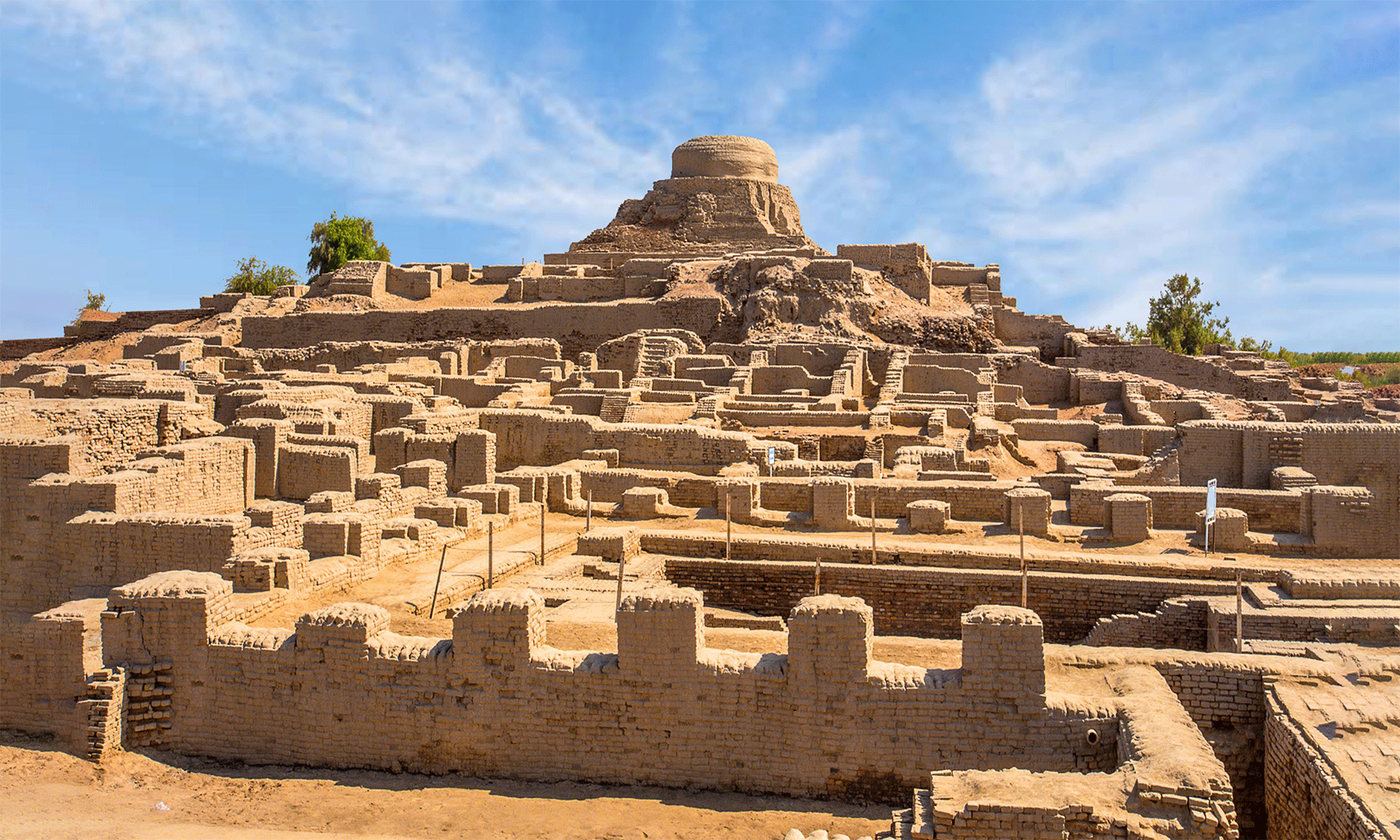
Urban Civilization
“The Harappa civilization was essentially urban and mercantile. The inhabitants of the Indus valley negotiated with Mesopotamia, southern India, Afghanistan and Persia for gold, silver, copper and turquoise. The Mesopotamian model of agriculture was used for irrigation of fertile lands along the Indus. Dikes were raised to control the annual floods of the river. The cultivated plants included wheat, barley, peas, melons, and sesame. This civilization was the first to cultivate cotton for fabric production. Several animal species were domesticated, including the elephant which provided ivory for jewelry.” (source)
This urban civilization shows an exquisite urbanity! And a huge development. Long journeys of supplies were necessary for the development of these two cities. Which supposes a maritime trade… I don’t dare to say aerial, but I’m dying for it.
We see that long supply trips were necessary for the development of these two cities. We are really at the antipodes of the European archaeological model, for which this period is that of the Cro-Magnon men — on whose savagery there would be much to say. As long as our time will believe itself the only one to enjoy a brilliant civilization, the first to travel by plane or rocket, the first to practice international trade, any evaluation of the distant past will be doubtful.
The Mystery Remains Entire
Early studies taught us little about this civilization of the Indus. Like the pre-dynastic Egyptian civilization, this culture remains an insoluble enigma for archaeologists imbued with their superiority.
Its origins were evaluated around 5000 BCE (or -5000) remain mysterious for the reasons I have given. Neither his totally unknown language, nor his indecipherable writing, nor any other tangible element satisfies the researchers. His decline also remains totally unexplained. No trace of temples or religious buildings of any kind; cities with a rational, resolutely modern plan; a very high level of material comfort, an obvious health concern, no apparent difference in social class.
No Western civilization, not even Egypt or Mesopotamia, has shown such a degree of development and planning. Otherwise, at the other end of the earth, a people just as mysterious, the Olmecs. And the supermen of Teotihuacan. And the Mayas.
It would be high time to wonder if the builders of the megaliths, dolmens, menhirs, tumulus, etc., had not also reached a higher level of civilization than ours. I hear from here the yelping indignation of old schnocks full of certainties and full of detestable pride…
Let them gasp, these useless ones!
He who comes into the world to disturb nothing deserves neither consideration nor patience.
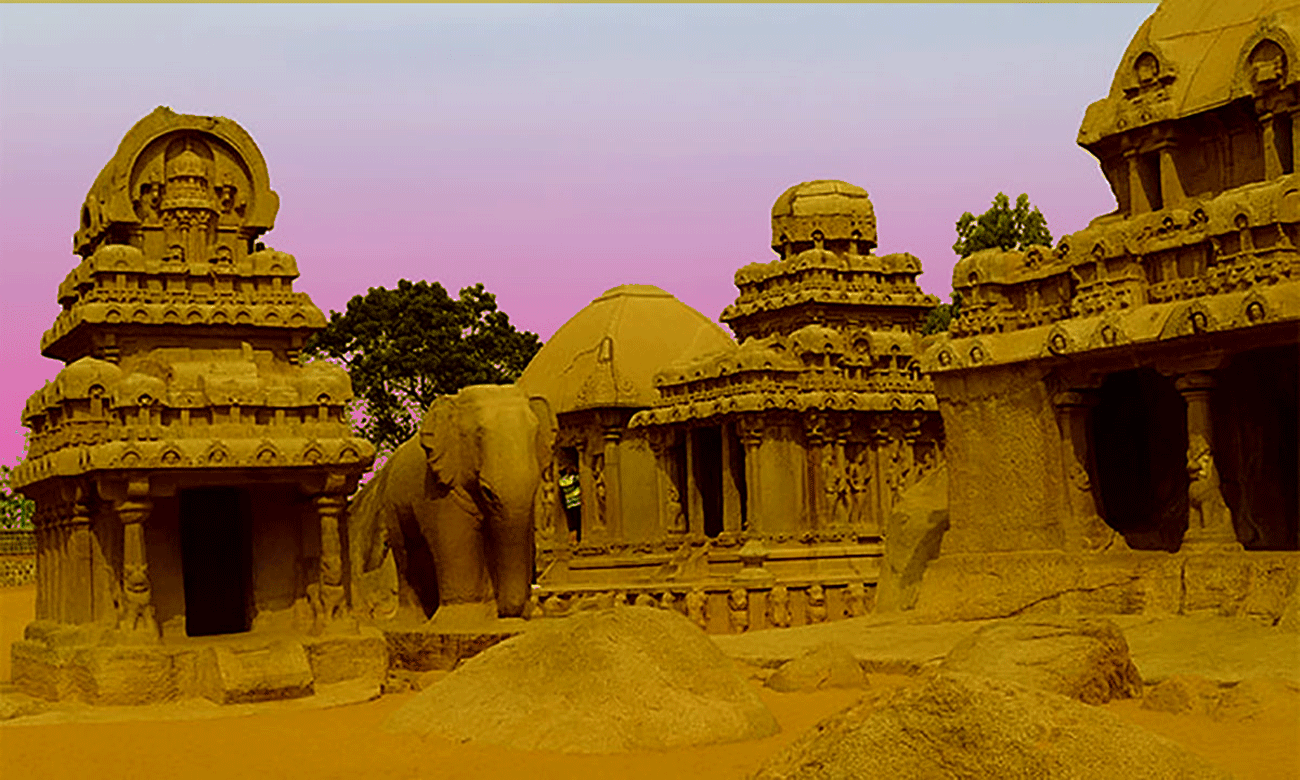
Manipuram
Other civilizations of India represent the same kind of puzzles. In Mahabalipuram or Manipuram, in the south of India, a legend says that a city was sunk 10,000 years ago. Now, just before the tsunami of December 26, 2004, the waters receded very far. And the inhabitants of the village saw emerge the ruins of a temple and a house, as well as an elephant and two giant lions carved in granite. Two years earlier, Graham Hancock had mounted an underwater expedition there revealing the presence of masonry and wall sections, dating from 6000 to 10,000 years. As in the legend…
There is still much to be said about the civilization of the Indus, such as Manipuram and all the very ancient cities of the Indian subcontinent. But don’t believe that the Empire of Rama was limited to present-day India. It is known from the Ramayana that Prince Charming has conquered all of Asia. Other traditions attest that his empire covered Tibet, China, Japan, and Korea, as well as all the countries of ancient Indochina and Southeast Asia.
Which constitutes a huge empire, but it is not over. Rama had kept his western possessions, which he managed and administered from a distance, or to which he went in a single stroke of his UFO, nicknamed the Golden Fleece, which could circle the earth in a few moments. Of course, here is information that you will not find on Wikipedia. And yet, they are true…
A World Civilization
“The contacts of the cities of the Indus with the ancient proto-historical or historical civilizations of Mesopotamia, Anatolia, Egypt and the Aegean Sea, are important… There is evidence of contact with Sargon of Akkad (circa 2370 – 2284 BCE before the current era) and then with King Ur-Nammu (around 2100 BCE) but Mohenjo-Daro existed long before.
Artifacts from Mohenjo-Daro were found in Tel Asmar and Troy (c. 2300 BCE) as well as a royal tomb of Ur. Bronzes of Louristan and Mesopotamian weapons meet at Mohenjo Daro… Identical glazed steatite collars are found at Harappa and Knossos… Seals from the Indus meet at Ur in the lower Euphrates and at Kish, Susa, Lagash, Umma and Tell Asmar… A large number of steatite seals bearing inscriptions in Indus characters are found in Bahrain (Dilmun) but also in Ur (around 2350 BCE) and Lagash (period of Larsa)” (source)Mortimer Wheeler, The Indus Civilizations
All this clearly indicates the ancient existence
of a planetary civilization,
undoubtedly less limited than ours.
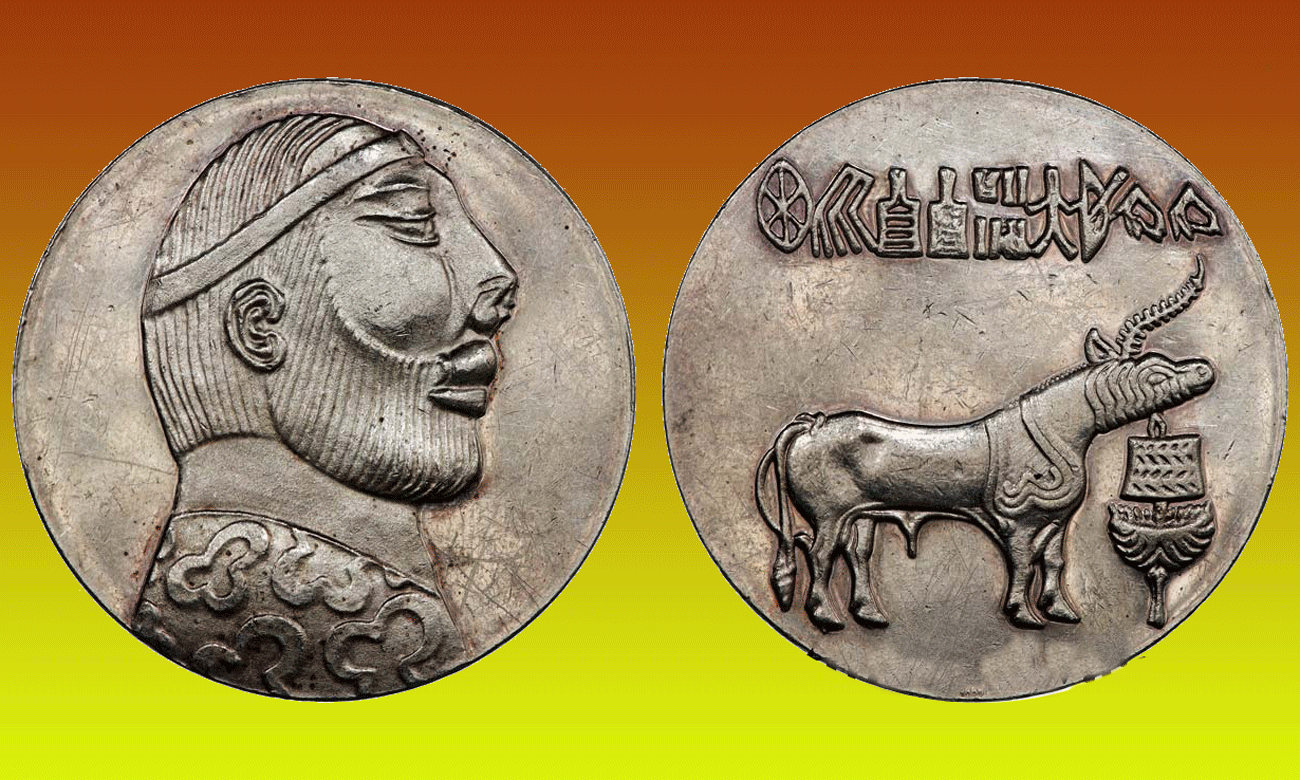
Rama the Alien
Eh yes, the explanation is not limited to the taste for travel and trade. Very vast was the Empire of Rama. This conqueror was originally from the mysterious flying continent that the Greeks call Hyperborea — which means above the north pole. Rama’s odyssey inspired Homer to write about Ulysses. Hence its close resemblance to the Ramayana.
All of Europe, the two Americas, the Mediterranean basin, the Black Africa and the whole Asia constituted his vast empire at the height of his reign — or that of his successors, who bore his name as a title, comparable to those of Caesar or Augustus in Rome, or like the kings Louis in France.
Super Hero
With his brothers Enlil, Enki and Cuchùlann, Rama succeeded in unifying the whole planet, which spoke only one language, and practiced no religion — only one wisdom, that of enlightenment.
These four superheroes can be named very ancient — or more than ancient — since they date from before the period that historians call antiquity. Well before, even. My new research on the character of Rama leads me to think that there was a first Rama, whose reign is particularly ancient, around -20,000 to -18,000.
This first Rama was the lover of the Mother Goddess Ama, and perhaps also the father of Ana, the second Great Goddess, daughter of Ama. It might be that the high deeds attributed to him belong only in part to him. Other emperors of the world ruled over the globe between -18000 and the historical period.
And to honor the first living god, they bore his name… Which does not simplify knowledge of the distant past.
The Rama Dynasties
And to honor the first living god, many other kings or emperors bore his name… Which does not simplify knowledge of the distant past. I mentioned King Naram-Sin, who engendered a whole dynasty. Let us also mention the Chakri dynasty, a royal family that has ruled in Thailand since 1782.
Founded by Buddha Yodfa Chulaloke, who became Rama I, the Chakri dynasty has since ruled without interruption. She guided Thailand through regional conflicts, European colonial pressure, social reforms and progressive modernization, while maintaining national unity and cultural identity. The Chakri monarchy played a central political, social and religious role, making kings symbols of continuity and stability. (source)
Today reigns Rama X the mysterious… (see video)
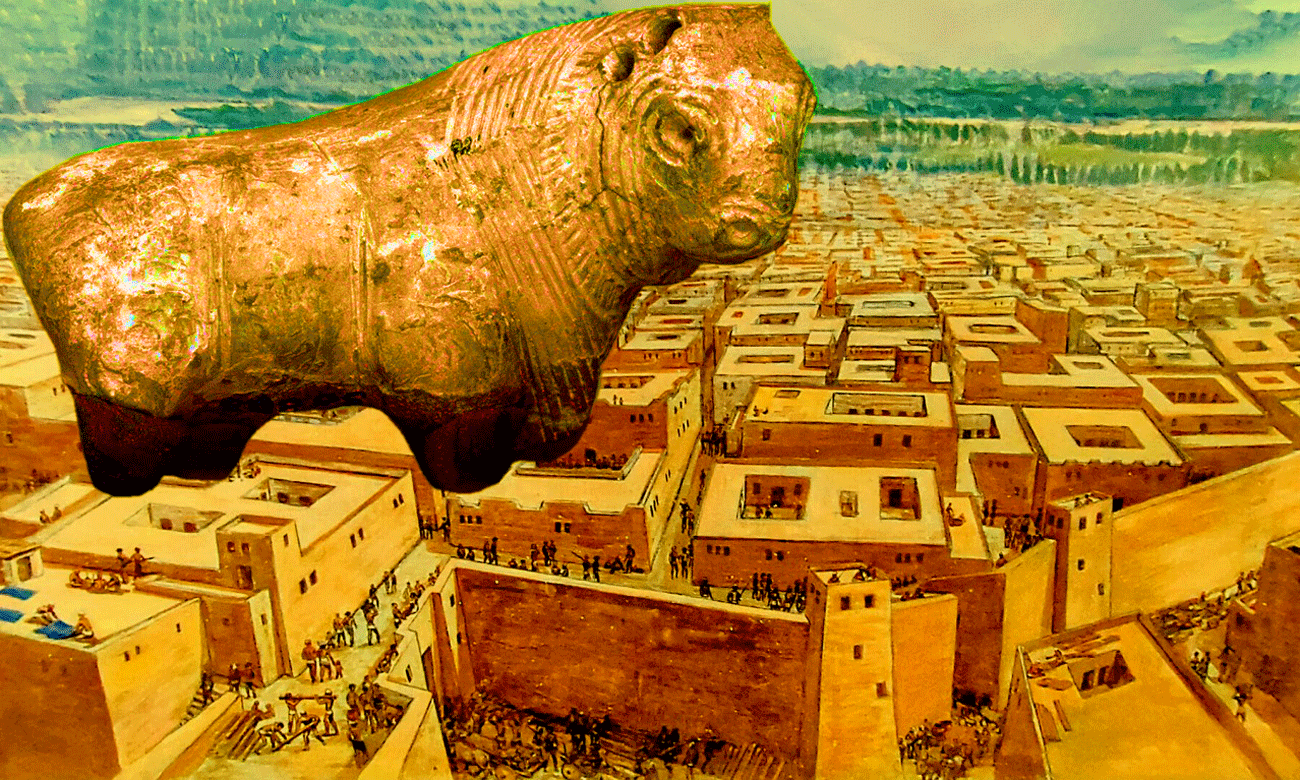
The World of Rama
- Rama Airlines
- Ramage
- Ram The Aries
- The Odyssey of Rama
- Aeneas’ Odysseus
- The Peoples Of The Sea
- Longer Boats
- Rama the Conqueror
- Ramayana And Odyssey
- Eskwander, The Wandering People
- The Thrace of Rama
- Abracadabra
- Amon Rama
- Hanuman The Monkey God
- The Rama Bridge
- The Wisdom Of Lama
- TheTeaching Of Lama
- The Hundred Names of Venus
- The Hundred Faces Of Rama
- The Emperor of the World
- The Origin of Harem
- Sons of Ram
- Ramifications
- King Naram Sin
- May Thy Name Be No More!
- Pano-Rama
- Druid Ramos
- Ama, Rama …and I
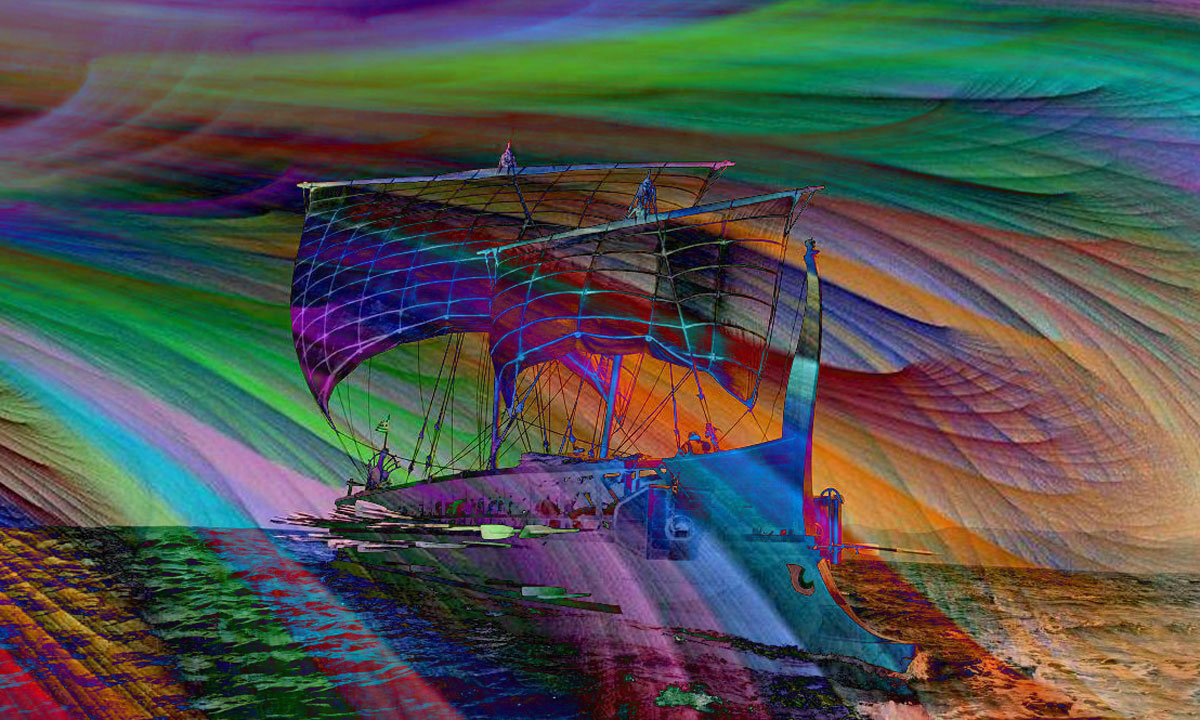
The Civilization of Pyramids
- Pyramids of Europe and Africa
- Pyramids of America and Antarctica
- Pyramids of Asia
- Dolmens and Long Barrows
- Worldwide Rock Bestiary
- Spheric Boulders
- The Other Side of Stonehenge
- Uluru
- Dolmens Were Not Tombs
- Pyramids And Megaliths
Ancient Technology
- Ancient Energy
- The Meaning Of Tao
- Perpetual Lamps
- Vimana, ancient UFO?
- Vimanas And Antigravity
- A Prehistoric UFO
- The Tower Of Babel
- Secret History Of Ancient Aircrafts
- The Spaceship Of Babel
- Baalbek Spaceport
- The Giants of Lachish
- Ancient Robots
- Triskell And Handspinner
- High Tech Prehistory
- The Antikythera Computer
- What Lack Of Evidence?
